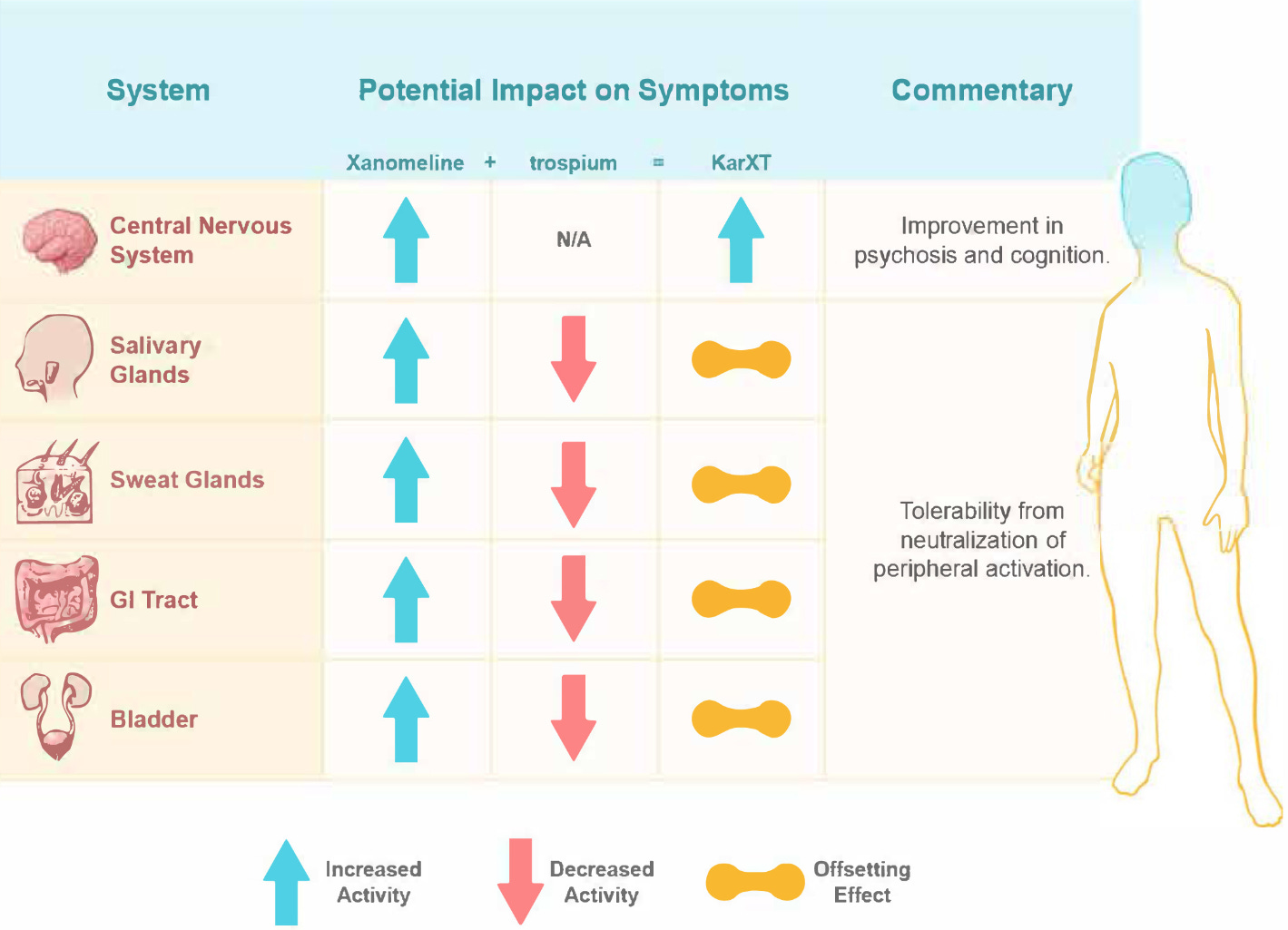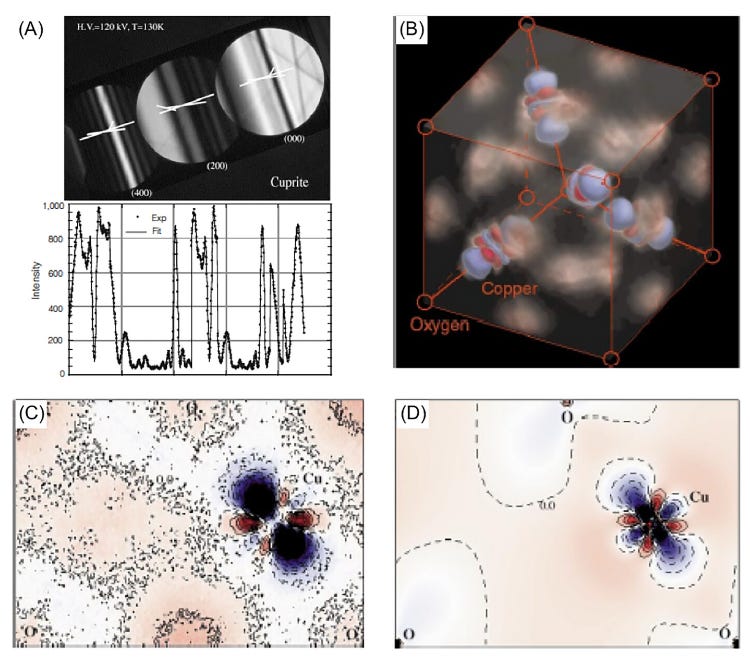1: If there are changes in the anatomical connectome, how might that affect ion flow? There is a new study on this, using simulations of neural networks. First, they note that there are many different ways that one can imagine manipulating a connectome, such as altering synapses, removing connections, or transplanting features in from a different connectome:
They experiment with rewiring interneuron connectivity in a connectome from rat somatosensory cortex, which is from the MICrONS data set. Specifically, they added a preference for VIP+ interneurons to connect with other inhibitory neurons in the central part of the network.
When they re-ran electrophysiology simulations with the rewired connectome, they found that stimulating the VIP+ interneurons still led to decreased firing rates for excitatory neurons, but less so than with the original connectome.
This is primarily a methods paper, acting as a proof of principle for how this kind of connectome manipulation and test of the resulting electrophysiology could be done. People seem to be bearish on brain simulation these days, perhaps because of the lack of progress in simulating C. elegans despite having access to its anatomical connectome. But it does seem to me like there is steady progress in capabilities here.
2: New study finds an interesting relationship that holds across species: every micrometer of dendritic process has an average of one synapse.
3: New study on tracing axons, dendrites, glial processes, and synapses in electron microscopy images. They found that excitatory axons were by far the most common fiber type. They also found that many axons have repeated synapses with the same dendrite.
4: It is well-known that corticospinal neurons (CSNs) are located in the cortex and project into the contralateral spinal cord, playing a crucial role in controlling voluntary movements, including skilled motor behaviors. However, what are the neurons that are presynaptic to corticospinal neurons?
A new study uses viral tracing to identify these neurons as being primarily present in layer Va of the cortex. Interestingly, while corticospinal neurons are affected by SCI, these pre-corticospinal neurons are not.

5: The process of neural connection mapping with light sheet fluorescence expansion microscopy is explained in a new PhD thesis by Juan Eduardo Rodriguez Gatica. Here is an image of a brain slice from a mouse expressing EGFP, which shows the level of spatial detail that can be profiled across large volumes using this method.

They note that serial section electron microscopy with 3d reconstruction could also potentially achieve this level of spatial resolution, but it is tedious and error prone.
By the way, I love reading a good thesis like this one. They’re underrated. People write in more didactic, plain language.
6: The extracellular matrix contains a large number of proteins and carbohydrates. It can modulate ion flow, for example by altering diffusion in the extracellular space.
Around certain neurons, the extracellular space forms a specialized structure that encapsulates the cell body, dendrites, and axon initial segment, called perineuronal nets. Perineuronal nets can be identified by labeling tissue with the carbohydrates of a particular flower, Wisteria floribunda agglutinin (WFA).
A new study finds that astrocytes are also present in the perineuronal nets. The perineuronal nets seem to constrain synapses nearby astrocyte processes, allowing astrocytes to uptake ions and transmitters released by neurons without spilling to distant areas.

7: “If engrams are the answer, what is the question?” - good essay by Fionn O'Sullivan and Tomás Ryan. This convinced me to be a bit more skeptical of the concept of engrams.
8: The abnormal eye development of a person who was born premature at 28 weeks and sadly died at only 28 years old, mapped via volume electron microscopy.
9: Study finds that myelin plasticity in the ventral tegmental area is crucial for opioid reward learning. A genetic alteration designed to block oligodendrogenesis impaired morphine-induced reward behavior and dopamine release in the nucleus accumbens, without affecting the natural reward and learning behaviors tested. This suggests that myelination patterns might help to distinguish specific neural circuits that develop in substance use disorders, although it will require more research to say this for sure.
I’m not quite sold that the conditional knockout of Myrf in oligodendrocyte precursor cells (OPCs) shows that the mechanism is specifically oligodendrogenesis. OPCs have other functions than just differentiating into oligodendrocytes.
10: A new open-label trial evaluated a modified version of the Stanford Accelerated Intelligent Neuromodulation Therapy (SAINT) for depression. They targeted coil placement based on scalp anatomy rather than the complex and costly fMRI-guided approach of the original protocol. This adaptation makes it more feasible for those of us not lucky (gifted?) enough to be working at Stanford.
They reported good efficacy after a 5-day treatment course in measures of depression and anxiety. On the main MADRS scale, at 4-week follow-up, 70% of the n = 21 sample met criteria for response and 55% for remission.
An obvious question is whether the open-label design is substantially inflating these results. This study raises questions about whether the SAINT protocol truly requires fMRI-guided targeting, or if both this version and the original might be benefiting from placebo effects due to the intensive nature of the treatment.
While the original SAINT trial reported good participant blinding, it was limited by a small sample size of only 29 patients. And of course, it’s just one study.
To me this suggests it is time for a large RCT, ideally using the more accessible method, because making the costly fMRI-guided approach accessible seems like it's not going to happen. After this RCT, either the treatment revolutionizes psychiatry or we better understand the placebo benefits of this type of intensive outpatient treatment.
11: The antipsychotic xanomeline, a dual M1/M4–preferring mAChR agonist, also has the potential to dramatically change psychiatry, since it is one of the first to show promising clinical results via a non-dopamine mechanism. This has the potential to reduce side effects. A new-to-me review from March has some good figures about the treatment.
Xanomeline showed promise in treating Alzheimer's disease (study published in 1997) and schizophrenia (in 2008), but its procholinergic side effects hindered further development. By combining xanomeline with the peripheral cholinergic antagonist trospium chloride (called KarXT), researchers were able to reduce these side effects while maintaining the drug's beneficial effects in the brain on psychosis and cognition. Here is a figure on that mechanism:
And here is the data from the key phase 3 trial, EMERGENT-2:
This review was sponsored by the drug developer, so take it with a grain of salt. The FDA will decide on approval in September.
12: On a related note, a separate pharma company is now making a prodrug of xanomeline and trospium. Because of complicated legal and regulatory reasons, it might only require pharmacokenetic data (Phase I) for approval.
13: A recent randomized trial found that bright light therapy (10,000 lux) was not superior to placebo red light (100 lux) as an add-on treatment for adolescent inpatients with moderate to severe depression. Instead, both groups showed significant improvements in depressive symptoms over time. The benefits of the structured inpatient setting and standard treatments may have crowded out any potential effect.
14: An argument that recent trials showing non-inferiority of magnetic seizure therapy (MST) vs ECT and ketamine vs ECT are not capturing the full potential efficacy of ECT, as they have remission rates of only around 20%, compared to 50-85% in trials studying technical parameters of ECT and large naturalistic studies. Good reminder that the appropriate study population is very important in determining the generalizability of trial results.
15: Retrospective data on 183,000 patients tracking the average weight gain within 6 months after starting 8 different antidepressants. Compared to sertraline, there was higher weight gain with venlafaxine and citalopram, and there was substantially higher weight gain with escitalopram, paroxetine, and duloxetine. There was no significant difference but a trend towards lower weight gain with fluoxetine than with sertraline. And buproprion had a significantly lower weight gain. To me, the most surprising result here is escitalopram, compared with previous data.
16: In a study of 313 people who died of suicide in Seville, Spain between 2006-2016, psychological autopsy finds that 63.9% (200 individuals) had a diagnosis of a major depressive episode. Antidepressants had been prescribed in 21.5% of those with a major depressive episode, but according to toxicology results only 8.5% were taking them at the time of death.
17: Genome wide association study on “sexlessness.” The primary cohort is 404,470 UK Biobank participants of European descent aged 39 to 73, of which 3897 reported to not have had sex. They then found the genetic correlations of sexlessness with other traits. Among psychiatric conditions, it has a positive genetic correlation with autism spectrum disorder and anorexia. It has a negative genetic correlation with depression, PTSD, ADHD, and cannabis use disorder. It has a strong positive genetic correlation with IQ, educational attainment, and childlessness. It has a strong negative genetic correlation with smoking initiation, risk taking, and friends relationship satisfaction.
18: Study suggests that over 70% of the unassigned peaks in LC/MS/MS metabolomics data (the "dark metabolome") may actually be artifacts caused by in-source fragmentation before they reach the collision cell, rather than being unknown metabolites. Seems like another example of a situation where reality ended up being simpler than scientists in the field thought they were.
19: Gwern on why the scaling hypothesis for AI advances continues to be underrated — because people find it boring. “We spent more electricity, so our models improved" is not quite as interesting as tortured geniuses dreaming up algorithmic advances while microdosing psilocybin.
20: New review on visualizing orbital-like features using transmission electron microscopy. The latest generation of electron microscopes allow for more inference than before, such as this asymmetric charge distribution around copper atoms.
21: An argument that Cambridge became a center for innovation in biotech because of early regulations on the use of recombinant DNA. This makes sense to me because regulations can act as a safe harbor for otherwise somewhat risk-averse people — a large percentage of competent people — to feel like they are doing the right thing. The regulations protect them legally and socially. A key question is how onerous they are vs how much benefit they provide in safe harbor.
22: Steps towards 3d printing as researchers have developed a robotic system that can pick up, move, and place living organisms like zebrafish embryos, shrimp, and beetles using vacuum suction and computer vision.
23: Study casting doubt on the idea that methylation-related markers for aging are truly biological. Population stratification strikes again.
24: The 3d organization of a chromosome from the skin of a woolly mammoth who died in Siberia 50,000 years ago is found to be preserved. More data that dehydration is an extremely effective molecular preservation technique.
25: New organization in Calgary, Canada, founded by Carrie Radomski, offers a community venue and cryonics SST services.
26: Together with several others, I was part of an effort to put together a roadmap of research directions in biostasis. Here is the roadmap website. Here is our preprint describing it. We hope to update this again in the future, so let me know if you are a researcher in the field and interested in being involved.
















Andy, I think the Biostasis Roadmap is an excellent project. I talk about it a bit in my blog piece on the Global Cryonics Summit. Maybe we get you on our new podcast to talk about it?
Hi,
Do you mind linking the research to point #6?
6: The extracellular matrix contains a large number of proteins and carbohydrates. It can modulate ion flow, for example by altering diffusion in the extracellular space.
Around certain neurons, the extracellular space forms a specialized structure that encapsulates the cell body, dendrites, and axon initial segment, called perineuronal nets. Perineuronal nets can be identified by labeling tissue with the carbohydrates of a particular flower, Wisteria floribunda agglutinin (WFA).